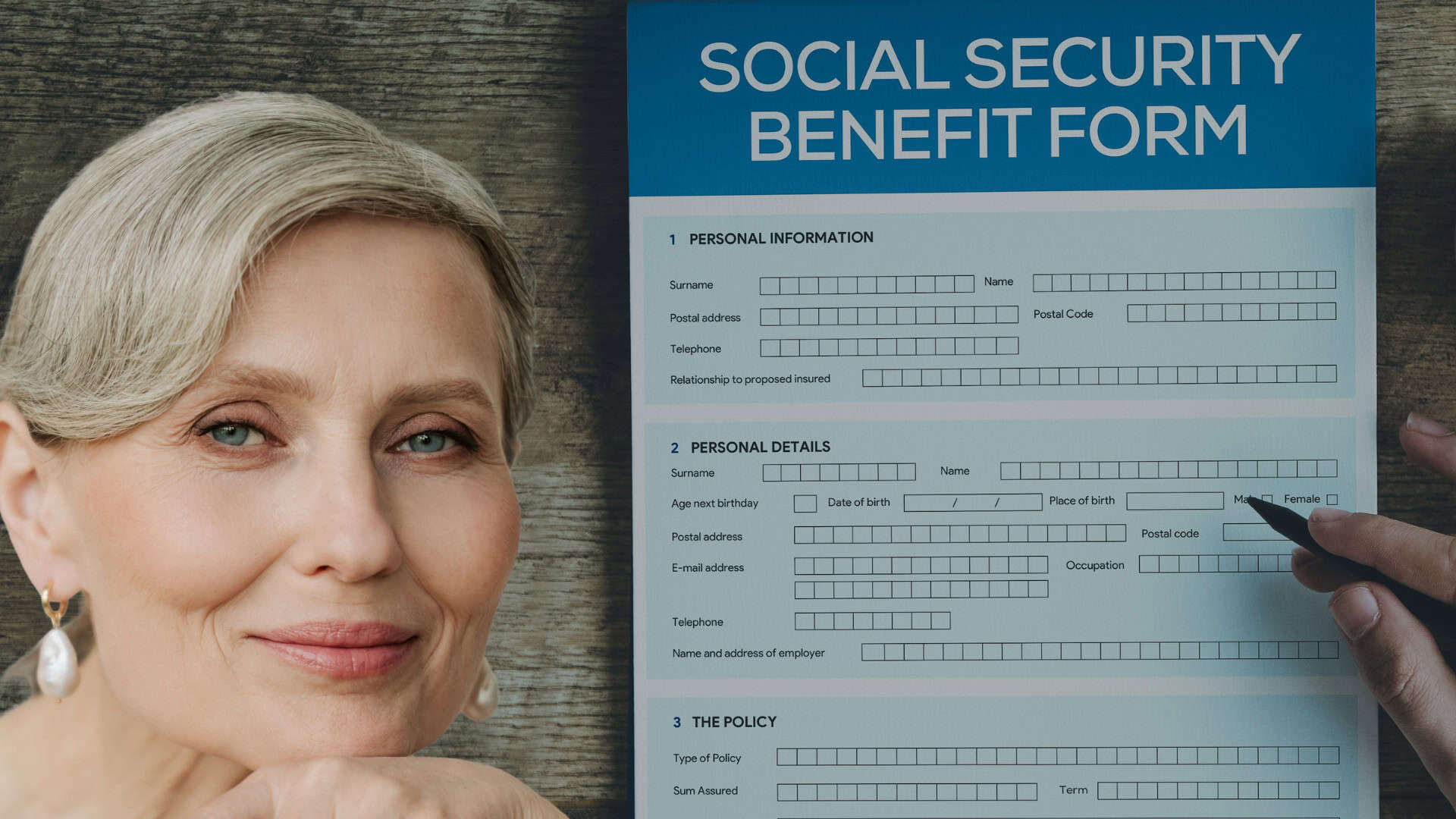Personal Finance
Claiming Social Security in 2025? This is the Most Important Number to Know

Published:

Don’t claim Social Security in 2025 without knowing your full retirement age.
Your FRA is based on your birth year.
Understanding your full retirement age helps you determine if you’ll increase or shrink your Social Security check based on when you claim it.
Also: Take this quiz to see if you’re on track to retire (Sponsored)
If you are claiming Social Security this year, there’s one number that you absolutely need to know before you move forward. If you don’t know it, or what it means for your claim, you could make a choice that adversely impacts the income you get for the rest of your life.
So, what is this all-important number? Here are the details.
The key number that you need to know is your full retirement age, or FRA. Understanding what your FRA is should be your first priority because it determines exactly how much your benefits are going to end up being.
See, every retiree used to be able to get their full Social Security benefit at the age of 65. Their full benefit was based on average wages over their 35 highest earning years. However, Congress changed the rules when they amended Social Security in 1983. Under the modifications lawmakers made to shore up the program, full retirement age was gradually moved later.
Now, retirees must wait longer to get their full Social Security benefit. While seniors can claim their first Social Security check at 62, FRA is much later than that and an early claim will reduce monthly income for life.
So, how do you find out what your magic number is when you’ll hit FRA and are allowed to claim your full benefit? It’s simple: it depends on your birth year. The table below shows what your full retirement age is, based on when you were born.
| Birth Year | Full Retirement Age |
| 1943 – 1954 | 66 |
| 1955 | 66 and 2 months |
| 1956 | 66 and 4 months |
| 1957 | 66 and 6 months |
| 1958 | 66 and 8 months |
| 1959 | 66 and 10 months |
| 1960 or later | 67 |
Once you know this number, you will know how long you must wait until you claim your full benefit. If you are turning 66 in 2025, you will have to wait until 66 and 10 months if you were hoping to claim your standard payment amount.

Since you can start checks as young as 62, you could end up shrinking your Social Security payments by a full 30% if you begin your benefits at the earliest age of eligibility when your FRA is 67.
On the other hand, if you have already reached your FRA and you decide to wait longer to claim benefits, you can increase your checks by 2/3 of 1% per month until age 70. This means you can add up to 8% per year to your monthly Social Security check by waiting.
You can only make an informed choice about when to start Social Security by understanding when your FRA is. Once you know your FRA, you can determine if you are claiming earlier or later than it — and you can understand how your payments will be impacted by that choice. Once you shrink your monthly benefit, you don’t catch up to where you’d have been had you waited, so think carefully about what claiming age makes sense for you.
Are you ahead, or behind on retirement? For families with more than $500,000 saved for retirement, finding a financial advisor who puts your interest first can be the difference, and today it’s easier than ever. SmartAsset’s free tool matches you with up to three fiduciary financial advisors who serve your area in minutes. Each advisor has been carefully vetted and must act in your best interests. Start your search now.
If you’ve saved and built a substantial nest egg for you and your family, don’t delay; get started right here and help your retirement dreams become a retirement reality.
Thank you for reading! Have some feedback for us?
Contact the 24/7 Wall St. editorial team.